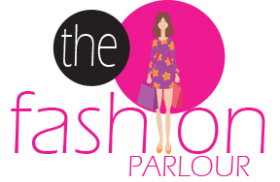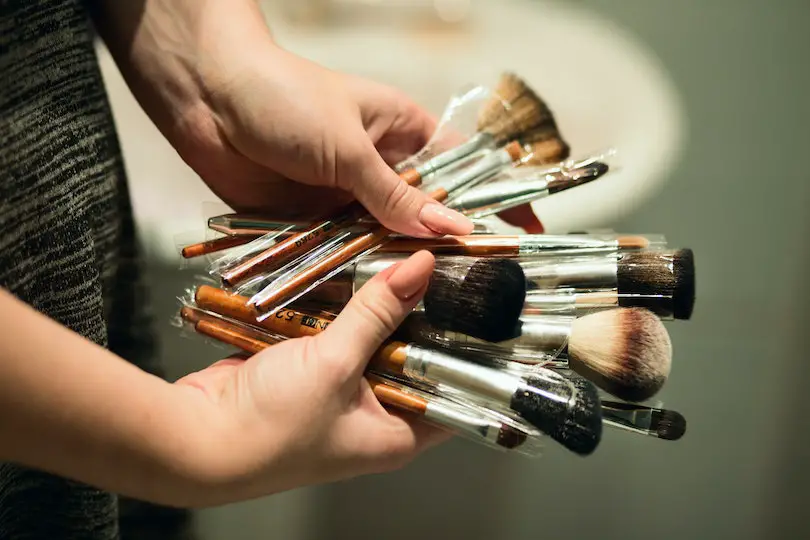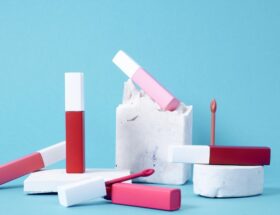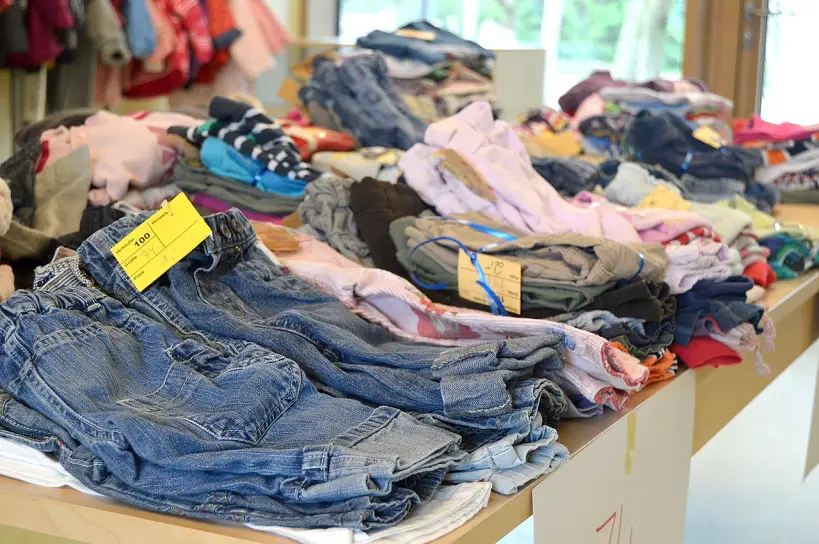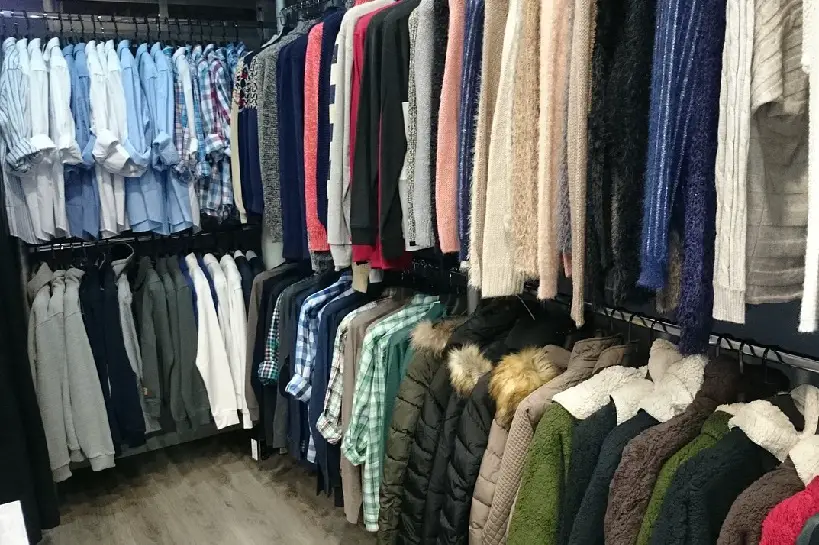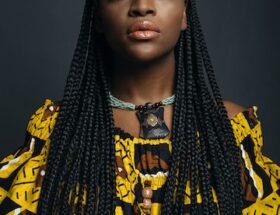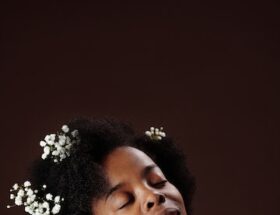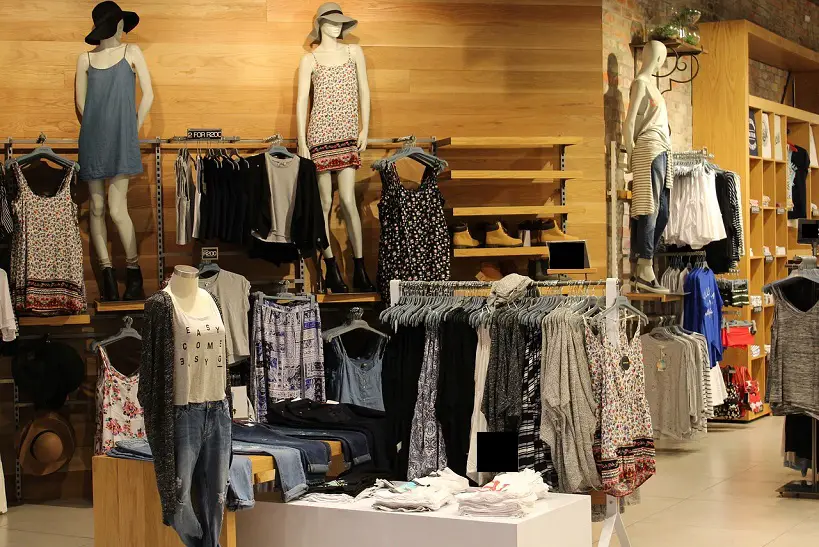When you look at a makeup brush, you can’t tell there was a complex manufacturing process that brought together various components. Additionally, the process differs depending on the brush type and the design a brand has in mind.
Generally, a makeup brush has natural or synthetic fibers for the bristles and various materials for the handle. So, how are makeup brushes made?
How Makeup Brushes Are Made
Step 1: Bristle Selection
Select natural materials like animal hair (such as goat, squirrel, or sable) or synthetic fibers (such as nylon or taklon) for the bristles. The choice depends on the desired texture, function, and ethical considerations.
Step 2: Bristle Sorting and Cleaning
Sort the natural bristles on length, texture, and quality. Next, clean the fibers to remove dirt, oils, or debris. Generally, synthetic fibers are the same size and shape, so they may not require this step.
Step 3: Bristle Shaping
Shape the bristles into the desired brush head shape. This process can involve cutting them to the desired length and tapering the ends to create a pointed or domed, depending on the intended use of the brush.
Step 4: Ferrule Attachment
Insert the bristles into the ferrule and secure them in place. The ferrule is the metal or plastic component that holds the bristles together and connects them to the handle. It is typically cylindrical and may have a crimped or glued construction.
Step 5: Handle Production
Shape, polish, and finish the handles to create a comfortable grip. A manufacturer may also coat or paint handles with various finishes or designs. Popular materials for handles include wood, plastic, or metal.
Step 6: Ferrule Attachment to the Handle
Secure the ferrule to the handle with adhesive.
Step 8: Quality Control and Inspection
Ensure the bristles are secure, the shape and size are correct, and the finish meets the brand’s standards.
Step 8: Packaging and Distribution
Pack and prepare the brushes for distribution to retailers or customers.
What’s the Difference between Natural and Synthetic Makeup Brushes?
They differ in several aspects, including the materials, performance, and durability. Here’s a detailed explanation of the differences between natural and synthetic makeup brushes:
Material
Natural makeup brushes use animal hair, such as sable, squirrel, goat, or pony hair. These hairs come from animals like squirrels, goats, and horses, often bred for this specific purpose.
The type of hair used can vary in softness, texture, and durability, depending on the animal it comes from. For example, squirrel hair brushes are exceptionally soft and delicate, while goat hair brushes tend to be denser and coarser.
Natural brushes can hold and distribute pigments effectively due to their porous texture. Hence, they’re excellent for applying powders like eyeshadow and blush.
Synthetic makeup brushes have man-made fibers, typically nylon or taklon. Consequently, synthetic brushes are a cruelty-free and vegan-friendly option.
Further, the synthetic fibers mimic the texture and performance of natural hairs. They can be soft or dense and have different shapes and sizes.
Performance
Natural brushes have superior blending abilities. On top of that, they pick up and deposit powder products with ease. They’re preferable for creating soft, diffused looks and applying pigmented eyeshadows and blushes.
Because synthetic bristles are less porous than natural hair, they work well with cream and liquid products, like foundation, concealer, and cream eyeshadows. Such fibers don’t waste products and are easy to clean.
Durability
Natural brushes require more care and maintenance. They can become damaged if not cleaned properly or if makeup residue accumulates in the bristles. Additionally, the lifespan of natural brushes can vary depending on the quality of the hair and how you care for them.
It’s not the same with synthetic brushes because they’re generally more durable and less prone to shedding or damage. Buy such designs if you’re looking for low-maintenance brushes. Since they don’t absorb products, you clean them less frequently.
Ethical Considerations
The production of natural brushes involves animal hair, which raises ethical concerns about animal welfare. Some manufacturers claim to use ethically sourced animal hair. Nevertheless, it can be challenging to verify the origins of the hair.
Synthetic brushes are cruelty-free and vegan-friendly, as they don’t involve the use of animal hair.
Popular Questions about Makeup Brushes
What are high-quality makeup brushes made of?
High-quality makeup brushes have natural materials like animal hair (sable, goat, or squirrel) or high-grade synthetic fibers like Taklon, designed for precision and durability.
What makes makeup brushes expensive?
Some makeup brushes are expensive because of the materials used, craftsmanship, brand reputation, or specialized design for specific makeup applications.
What parts does a makeup brush have?
A makeup brush has bristles (or fibers), a ferrule (metal or plastic part that holds the bristles), and a handle.
How can I tell I have quality makeup brushes?
You know you got the best if they have soft and well-shaped bristles, sturdy construction, and minimal shedding.
What is a high-quality synthetic brush?
A high-quality synthetic brush has premium synthetic fibers that mimic the performance of natural animal hair but are cruelty-free and often more hygienic.
How do I know if a makeup brush is synthetic?
Look at the bristle material; synthetic brushes have uniform, man-made fibers often dyed to resemble natural hair or have a smoother appearance compared to natural bristles.
